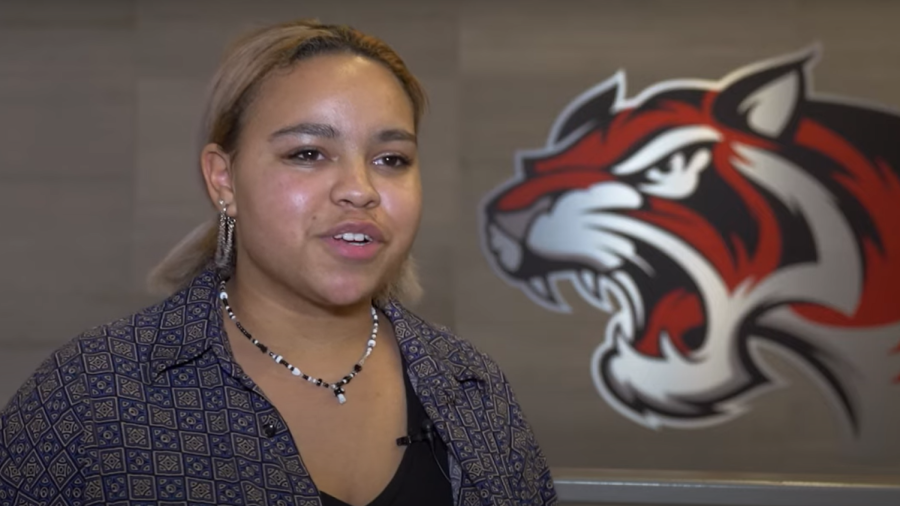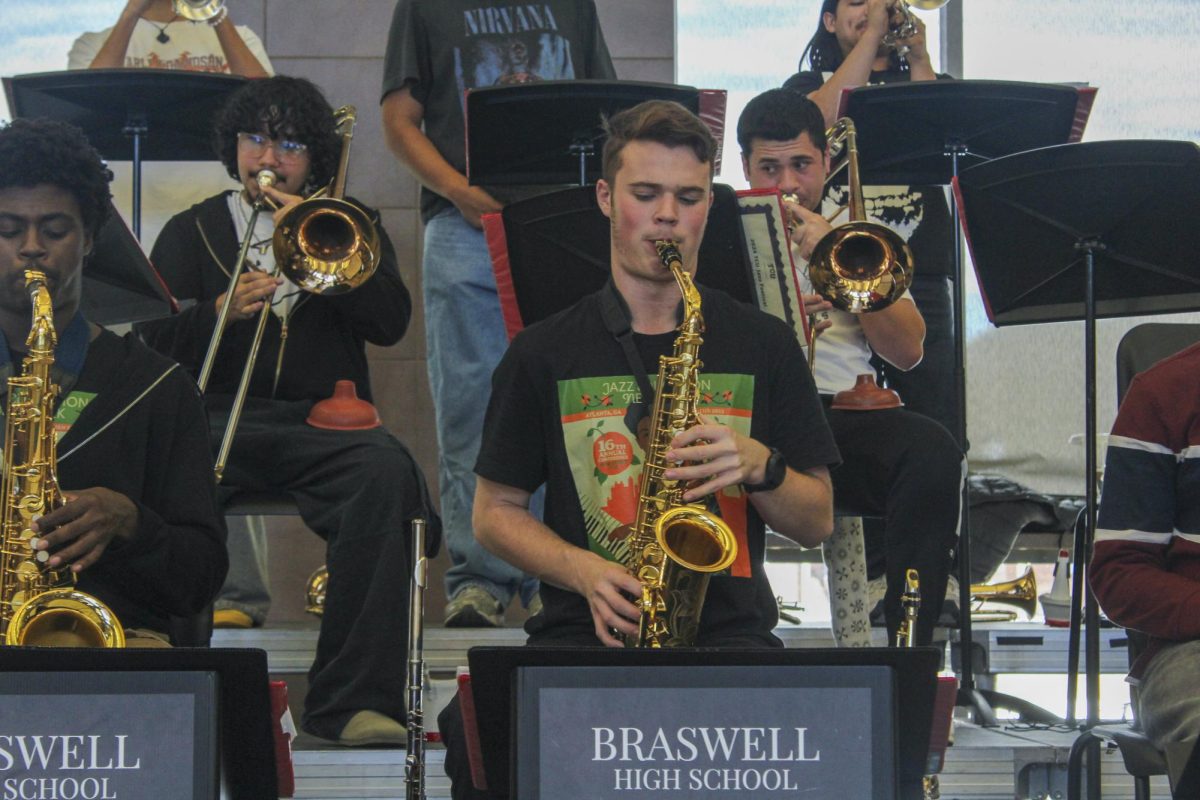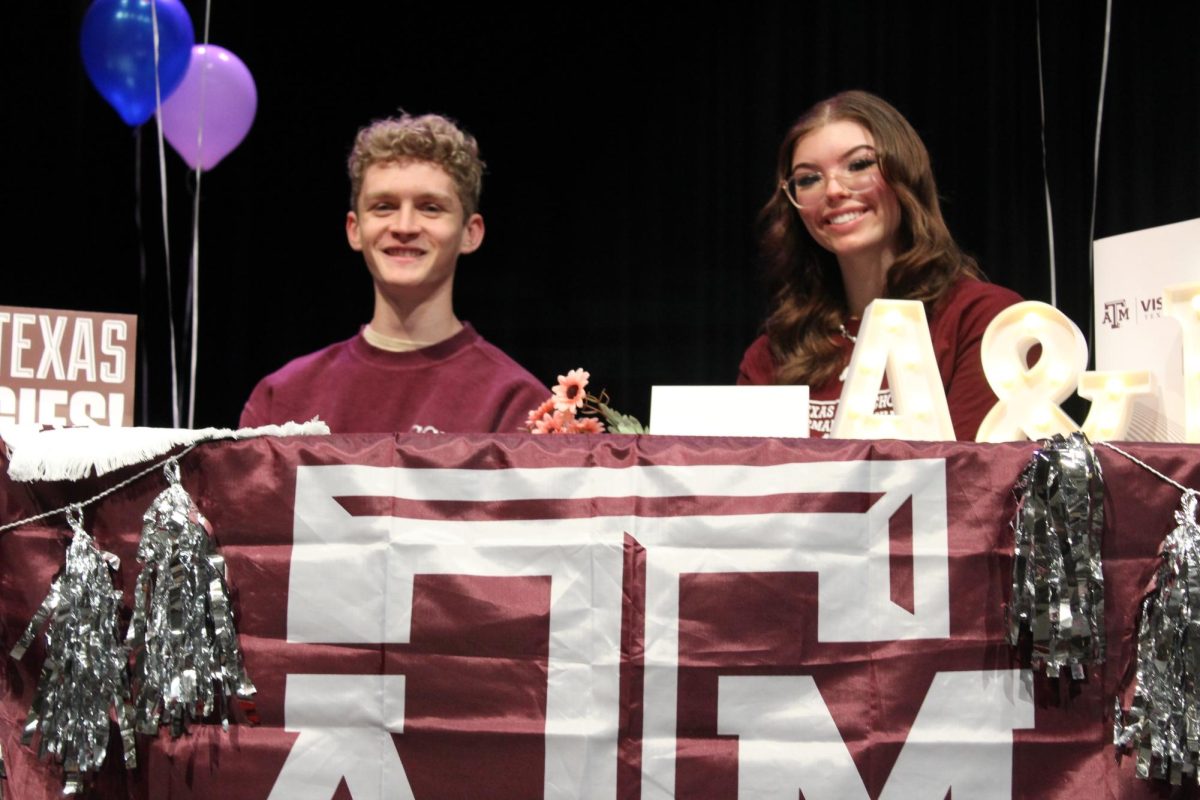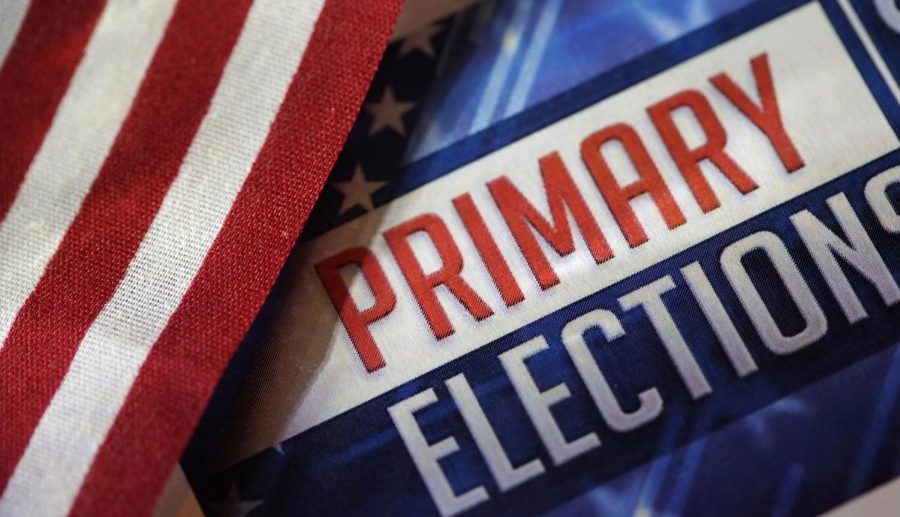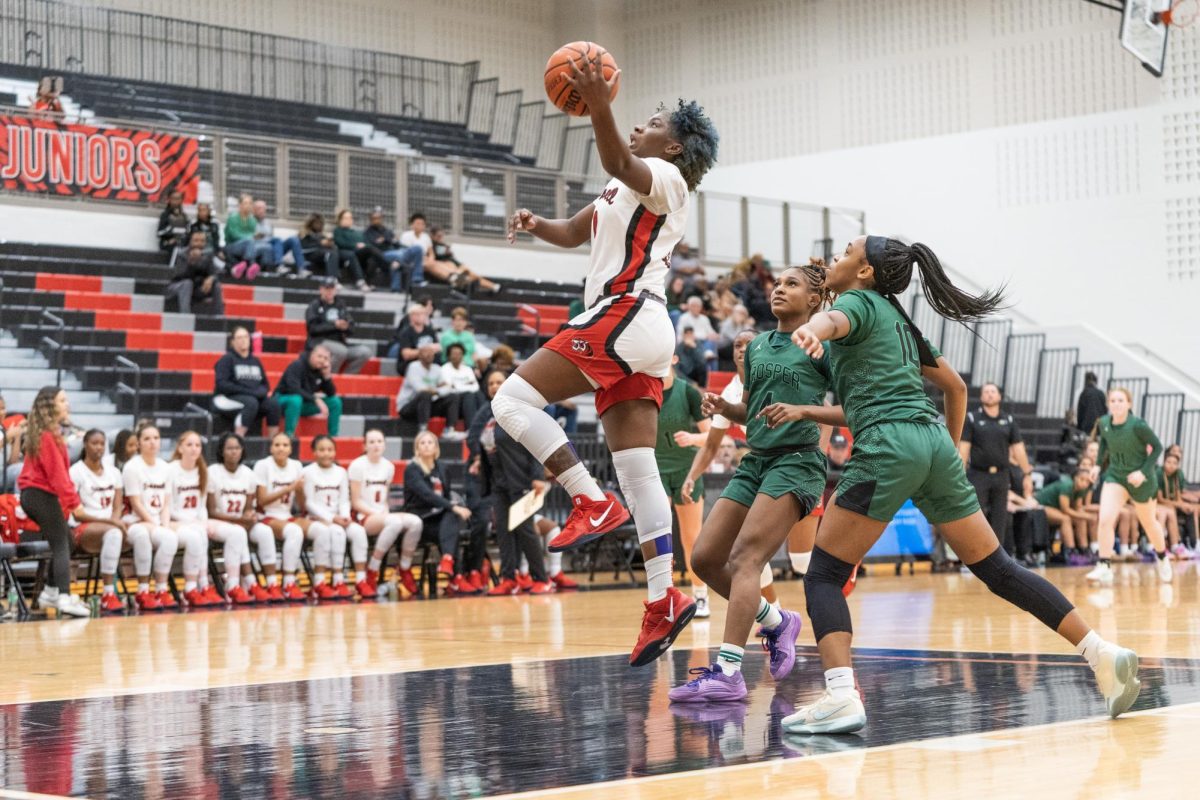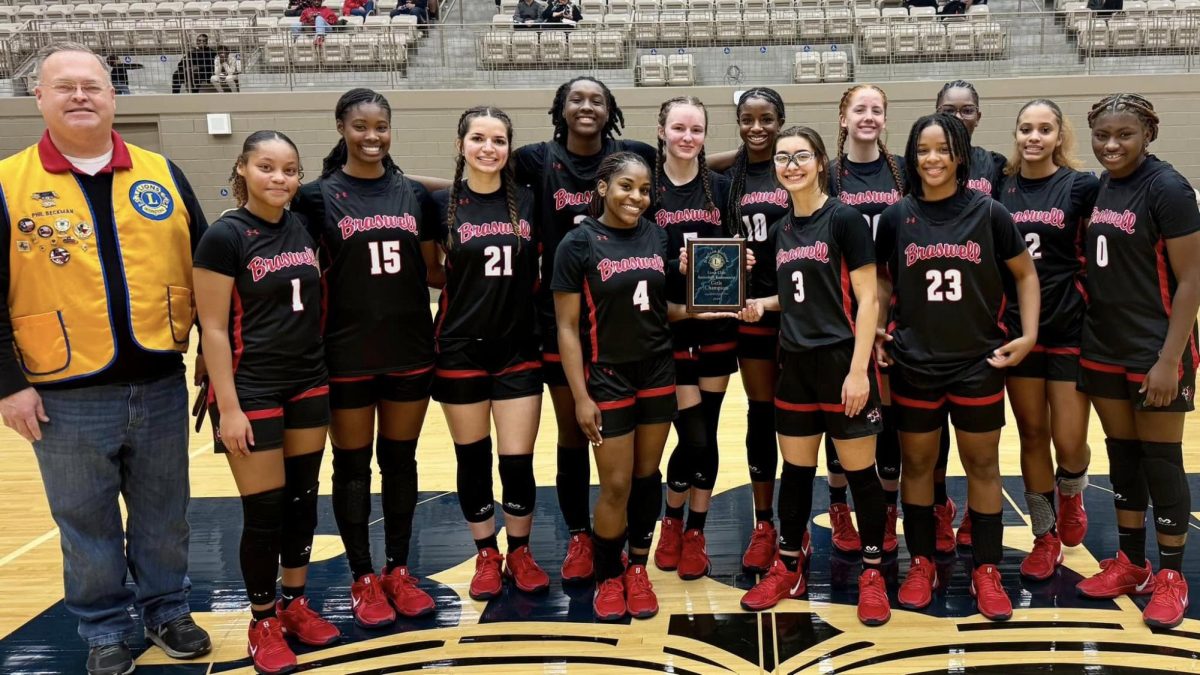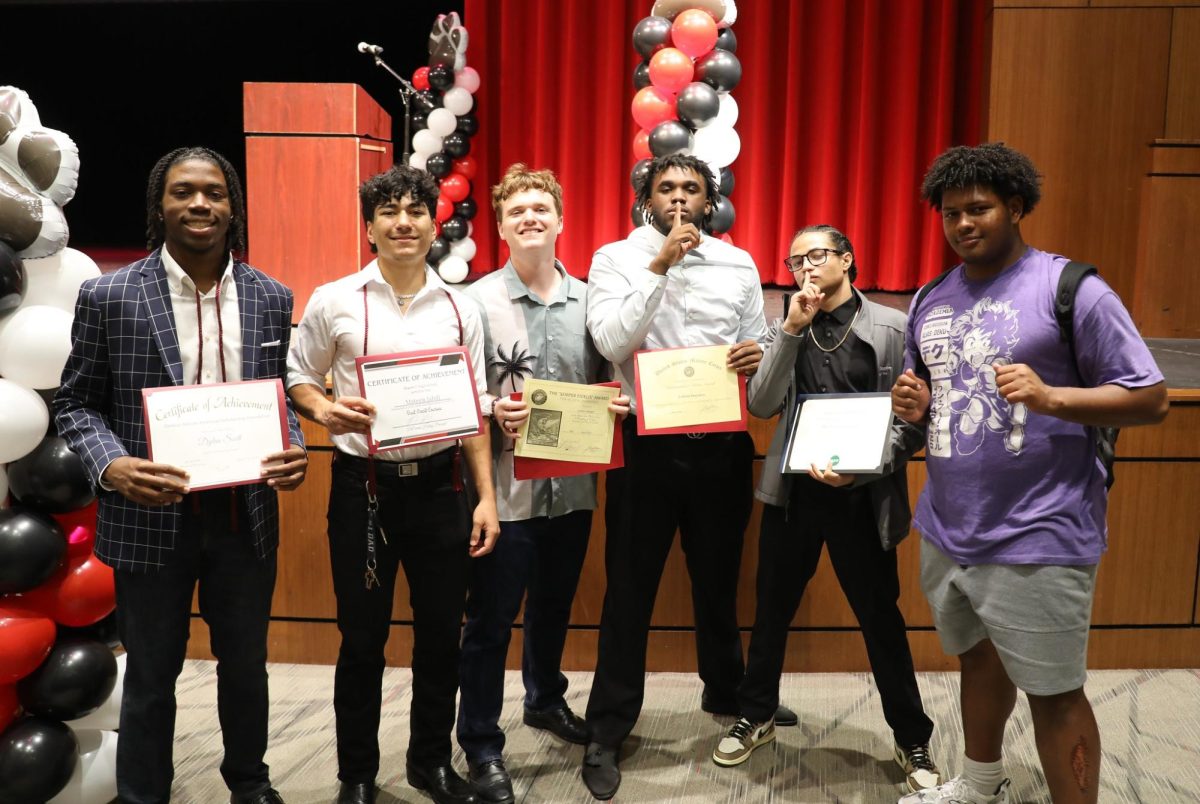The FAFSA Comes First
September 30, 2019
 Starting October 1st, FAFSA, Free Application for Federal Student Aid, opens its online application for the 2020-2021 school year.
Starting October 1st, FAFSA, Free Application for Federal Student Aid, opens its online application for the 2020-2021 school year.
The FAFSA application is used by the U.S. Department of Education to determine students’ eligibility for federal student aid, including low-cost loans, grants, and work-study, based on their demographics.
Each year over $120 billion of the federal budget is donated to college students, making it the largest provider of financial aid in the country.
Before being able to start the application itself, prospective students must make sure they have created a FAFSA ID, which will be used to create an account.
The application process will then begin by asking for basic information, such as name, birth date, social security number, etc.
Next, colleges where the information will be sent are chosen. It is recommended that students add the colleges they are considering even if they have not yet applied, since up to 10 colleges can be added to the list.
The dependency portion comes next. This section is used to determine whether or not a parent’s financial information must be listed on the application. If the student is a dependent, the section must be completed, but if the student is independent, it can be skipped.
Finally, the parent’s information must be documented. The Who’s My Parent … chart can help determine who to use as a parent for this section.
The final section covers financial information. This is where the parents’ (used in the previous section) earnings are considered. This section should also ask for the student’s personal financial information and if he/she has had a job.
Although FAFSA doesn’t close until June 30th, it is a “first come, first serve” reward system. Therefore, the earlier the application is completed, the more financial aid a student is likely to receive. As well, some colleges also have their own deadlines so it is important to check with each institution.
Even though applying for FAFSA is a requirement for students receiving college-related financial aid, only 60.9 percent of high school seniors applied by the June deadline last year.
However, almost everyone receives some amount of financial aid, so don’t be discouraged from applying. As well, students who complete the application are about 30 percent more likely to attend college than those who don’t, making it imperative for seniors to complete this process.
If struggling to fill out the FAFSA, schedule a meeting with UNT’s G-Force; a group designed to help high school students going into college, use the FAFSA assistant, or don’t hesitate to contact the school’s counseling department.










